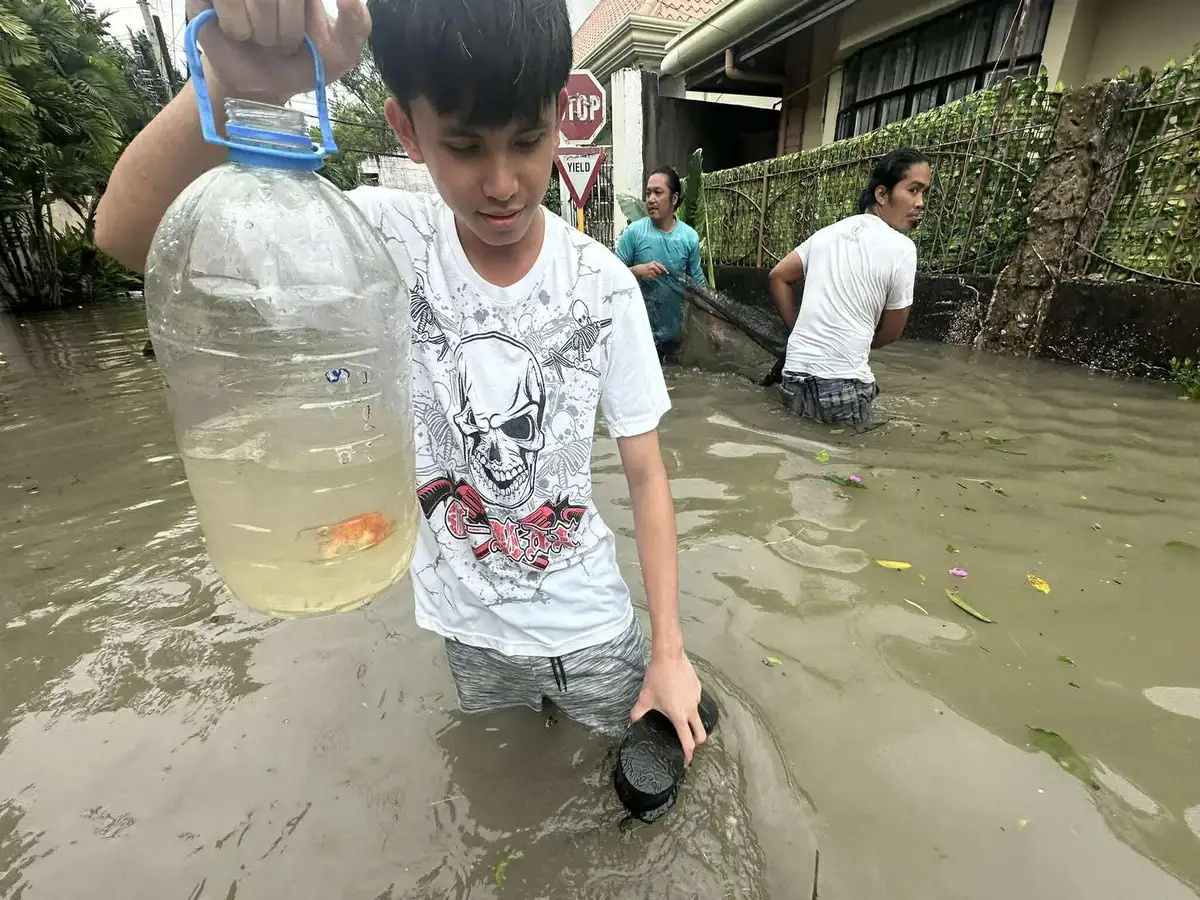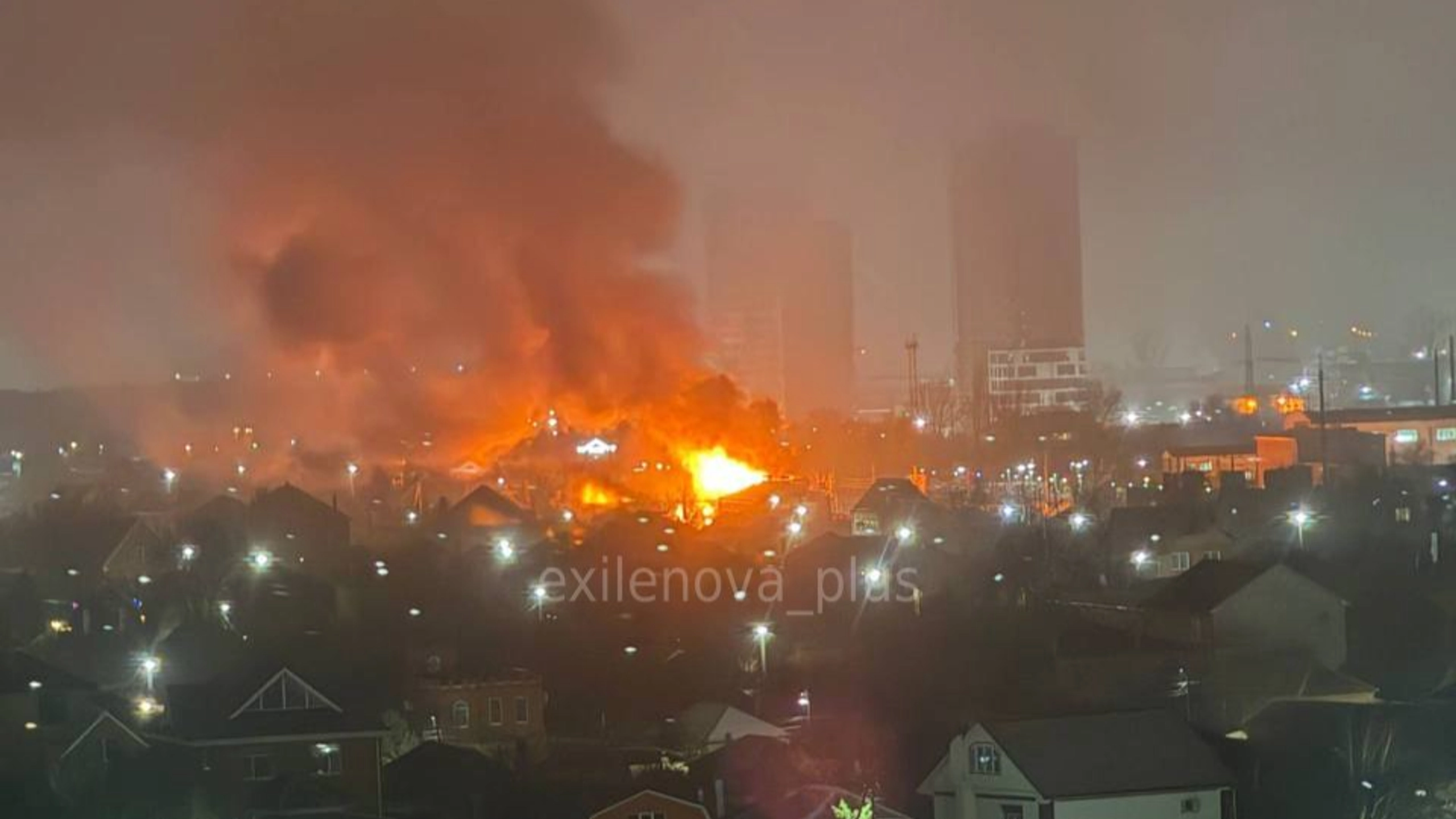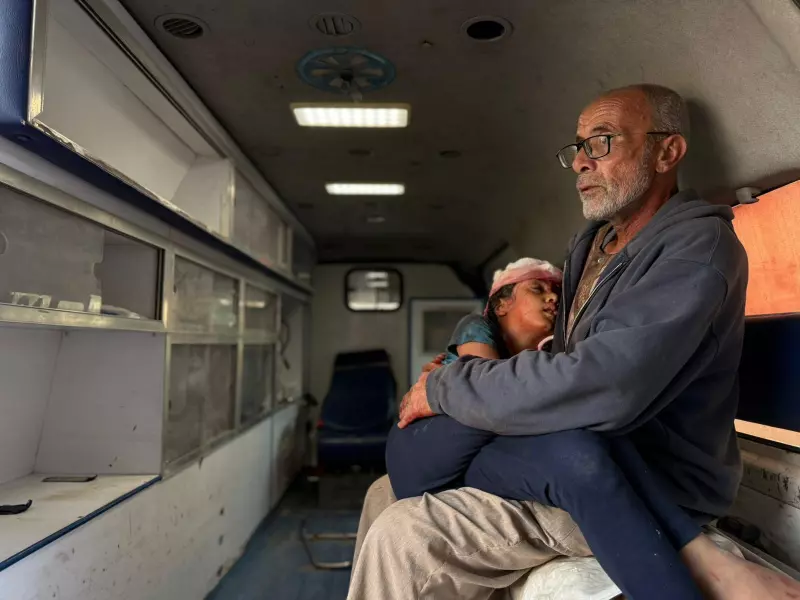Central Philippines is grappling with widespread devastation after Typhoon Kalmaegi slammed into the region late Monday night, unleashing torrential rains, violent winds, and catastrophic flooding that left towns submerged and thousands displaced. The storm, one of the most powerful to hit the country this year, has already claimed at least two lives, with officials warning that the death toll could rise as emergency teams reach remote and flood-isolated areas.
Kalmaegi made landfall over the Visayas region, packing sustained winds of 150 kilometers per hour and gusts of up to 185 kilometers per hour. The typhoon moved westward across several islands — including Cebu, Bohol, Negros, and Panay — toppling trees, destroying homes, and cutting off electricity and communication lines in many areas. Heavy rainfall triggered landslides and flash floods, inundating entire neighborhoods and sweeping away vehicles, livestock, and infrastructure.
A Night of Chaos and Desperation
As Kalmaegi battered the islands overnight, residents in low-lying areas scrambled to safety amid rising waters. In Cebu City, one of the hardest-hit urban centers, streets quickly turned into rivers. Videos shared by local residents showed people wading through waist-deep water, clutching children and valuables as floodwaters surged into homes. In some areas, rescue teams used boats to reach families trapped on rooftops.
In the provinces of Leyte and Bohol, the typhoon left a trail of destruction. One person drowned when flash floods engulfed several villages, while another was killed after strong winds uprooted a tree that crashed onto a home. Authorities fear that several others remain missing as rivers overflow and landslides block major roads, preventing rescue teams from accessing remote communities.
Mass Evacuations and Emergency Response
Officials reported that more than 380,000 people were evacuated from coastal and flood-prone areas ahead of the storm. Many evacuees are currently staying in temporary shelters set up in schools, gyms, and government buildings. Local governments have declared states of calamity, enabling the rapid release of emergency funds for relief and recovery.
Flights were canceled in major airports across the Visayas, and ferry services were suspended as waves exceeding three meters crashed onto coastal areas. Power outages spread across multiple provinces, plunging cities into darkness at the height of the storm. Telecommunications networks also went down in several regions, complicating coordination efforts for emergency responders.
The Philippine Coast Guard and Armed Forces have been deployed to assist in rescue operations. Teams are distributing food packs, clean water, and medical supplies to evacuation centers. In flood-stricken zones, rescuers are using rubber boats and helicopters to reach stranded families.
President Ferdinand Marcos Jr. has ordered all relevant agencies to provide “immediate, full-scale assistance” to affected communities. He praised the early evacuation efforts that helped prevent greater casualties but acknowledged that recovery will be a long and difficult process.
The Scale of Destruction
Early assessments indicate significant damage to homes, public infrastructure, and farmland. In agricultural provinces such as Negros Occidental and Iloilo, thousands of hectares of rice and sugarcane crops have been destroyed. Livestock losses are mounting, with reports of entire herds swept away by floodwaters.
Bridges, roads, and drainage systems have been severely damaged, complicating relief distribution. Many areas remain inaccessible due to landslides and collapsed road sections. Engineers have been dispatched to restore critical infrastructure and assess the stability of bridges weakened by the flooding.
Power companies estimate that electricity restoration could take several days to weeks, depending on the severity of the damage. In rural communities, access to clean drinking water has become a pressing concern as wells and water systems were contaminated by floodwaters.
Climate Warnings and Long-Term Challenges
Typhoon Kalmaegi is the twentieth tropical cyclone to hit the Philippines this year — a stark reminder of the country’s exposure to increasingly extreme weather events. Experts say climate change is intensifying storms across the Pacific, causing heavier rainfall and stronger winds that lead to devastating floods.
The Philippines, located along the Pacific “typhoon belt,” experiences an average of 20 storms annually. However, recent years have seen a marked increase in the severity of these systems, with each event leaving deeper scars on infrastructure, livelihoods, and local economies.
Climate scientists warn that rising sea surface temperatures are amplifying the destructive potential of tropical cyclones. As ocean waters warm, storms gain more energy, resulting in higher wind speeds and greater rainfall intensity. Combined with rapid urbanization and deforestation, this makes the country particularly vulnerable to flooding and landslides.
Resilience and Recovery
While the full extent of Typhoon Kalmaegi’s damage is still being assessed, the humanitarian toll is already immense. Thousands of families have lost their homes, while farmers face the loss of an entire planting season. Relief organizations are calling for international assistance to support long-term recovery efforts.
Despite the devastation, stories of heroism and resilience have emerged. Volunteers have been working around the clock to deliver relief goods, and communities have united to help those most affected. Social media has become a vital tool for locating missing persons and coordinating aid distribution.
Local officials emphasize the need for greater investment in disaster preparedness — from modernized early warning systems to stronger evacuation infrastructure. They argue that the Philippines must adapt to a changing climate by reinforcing flood defenses, improving urban drainage, and protecting natural barriers such as mangroves that can reduce storm surges.
A Nation Tested Yet Again
As the floodwaters begin to recede, the Philippines once again finds itself facing the familiar task of rebuilding. The resilience of its people remains unshaken, but the repeated impact of powerful typhoons underscores a harsh reality: unless long-term climate adaptation and mitigation efforts are prioritized, disasters like Kalmaegi will continue to take a heavy toll on lives and livelihoods.
For now, the focus remains on survival and recovery. Thousands are still waiting for rescue, families are mourning their losses, and communities are bracing for the daunting road to reconstruction. Typhoon Kalmaegi has once again reminded the world that in the Philippines, the line between endurance and tragedy is often drawn by the strength of its people — and their unyielding hope amid destructio
















Leave a Reply